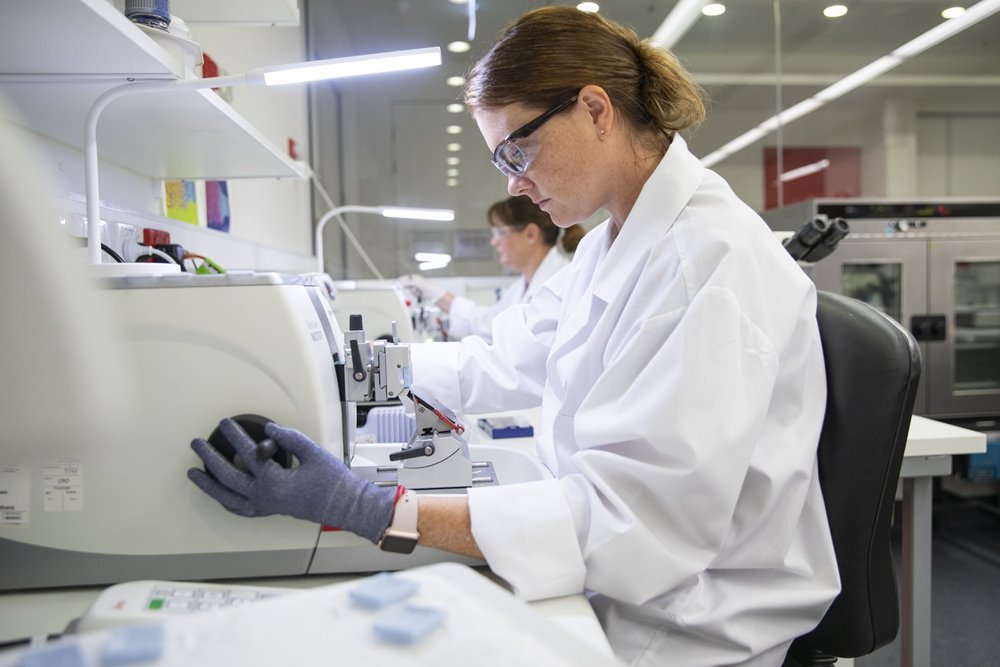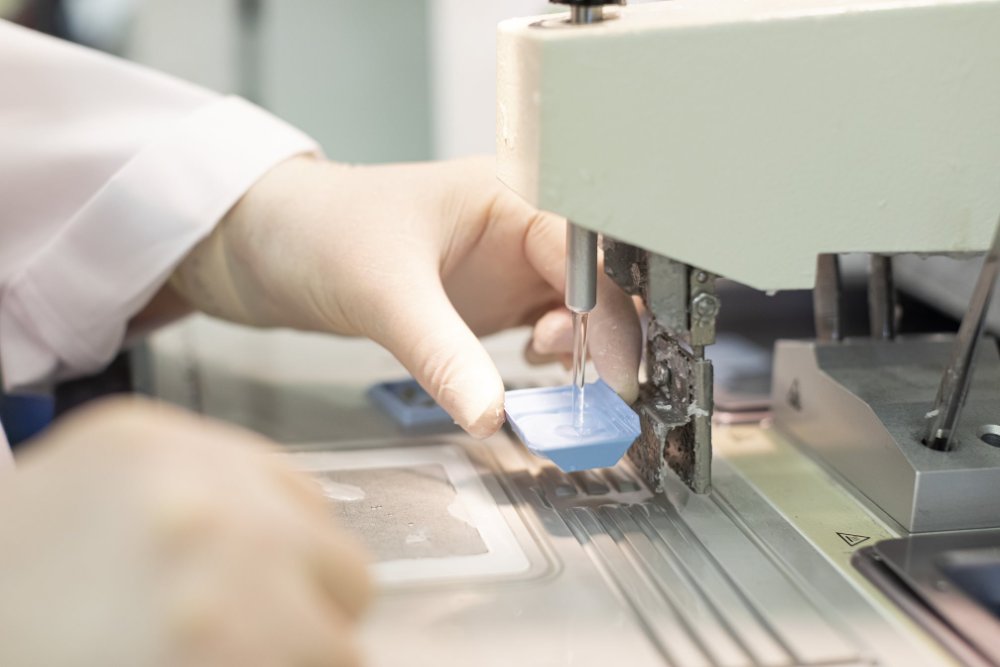
With healthcare and social assistance representing the largest employment sector in the Newcastle region, it follows that a culture of innovation is necessary to ensure the industry’s viability on a local scale.
Professor Chris Levi, Fellow of the Australian Academy of Health and Medical Science and Conjoint Professor of Medicine at the University of Newcastle, said that culture had long existed within the Newcastle health sector.
“Health care in this region has always needed to be an innovative organisation because of the big catchment, the fact that we serve some of the country’s most disadvantaged regional, rural and remote communities, and the fact that being outside metropolitan Sydney, we have always had to do a bit more with less,” he said.

“This really goes way back to the days of the old Royal Newcastle Hospital, where Newcastle was the first region in the country to establish a public staff specialist workforce in medicine, the first to establish public outpatient clinics, and to innovate in those very basic models of care that are now seen as being part of the landscape of healthcare.”
Professor Levi added that the establishment of a medical school at the University of Newcastle in 1977, and the establishment of the Hunter Medical Research Institute in 1999, had also helped cement Newcastle’s reputation as an innovative health hub.
And now, the Newcastle region is at another major turning point in regard to health innovation and research and improving patient outcomes with the establishment of the ambitious John Hunter Health and Innovation Precinct.
The $835million precinct, due for completion in 2026 will deliver:
enhanced and expanded facilities with a new seven-storey acute services building
a new Emergency Department to meet a projected future demand of more than 95,000 presentations per annum
doubling the capacity of the Intensive Care Unit and provide capacity for future expansion
22 operating theatres and nine interventional suites to respond to significantly increasing demand
five procedure rooms for endoscopy and minor procedures
purpose-built flexible education space co-located within clinical services.
Professor Levi, who is also the precinct’s director, said the vision was to not only improve patient outcomes, but also drive jobs and economic growth throughout the region.
“Where we’re currently sitting is a bit of a step change in what assets the city is going to have access to, and innovation in health built around clinical service enhancement,” he said.

“The vision is to create an innovation precinct where we purposely co-locate both academic and commercial sites, and we co-locate additional new healthcare providers and additional new amenity development. This ensures we have a combination of the health care core where services are delivered, but we also bring innovation through commercial and academic science and build our research capability.
“So, for the city, what we see is this precinct becoming not only a healthcare delivery vehicle but an economic anchor – a driver of jobs and growth, a place for the city’s health-related industries to co-locate, and a place for the city’s service industries to co-locate where relevant to health.”
With construction due to be completed in 2026, Professor Levi added that the establishment of the Health Innovation Living Laboratory, which opened in 2023, provides a microcosmic look at the vision for the wider precinct.
“Construction on the new precinct is now underway, but what I’ve done as the director of the precinct is to get a little bit ahead of that by establishing what is, I think, is a mini version of the precinct,” he said.
A partnership between Hunter New England Local Health District and the University of Newcastle, the Living Laboratory is a purpose-built facility that provides dedicated space for clinicians, researchers, students, and industry partners to collaborate and further drive innovation.

“The Living Laboratory is a place where unmet clinical needs, in other words, issues and gaps, are addressed and solutions developed, and then those solutions are translated directly back into the health system, or will undergo research and evaluation if needed,” Professor Levi added.
“You also see the benefits that provides for the University, as a research institute, because they are able to leverage these innovations by attracting research funds. Clinical trials are the major way we do that, and the precinct will, right beside the Living Laboratory, establish a new clinical trials facility that will service that research need.”
With the city transitioning away from fossil fuels, Professor Levi added that another focus for the innovation precinct was on sustainability in healthcare and looking at ways to support the circular economy around medical waste, for example.
Also, the precinct will attract top talent, further cementing Newcastle’s reputation as an innovative health hub.
"We have lots of different tribes inside health - we’ve got pure clinicians, we’ve got clinical academics, we’ve got clinical innovators and entrepreneurs,” Professor Levi said.
“It is these innovators and entrepreneurs that we want to build on more actively than we ever have and as well as attracting the best and most capable leaders and managers.
"Most importantly, it will help patients because the idea is they get access to the latest and greatest in terms of knowledge tech and clinical trials."

.jpg?width=400&resizemode=force)